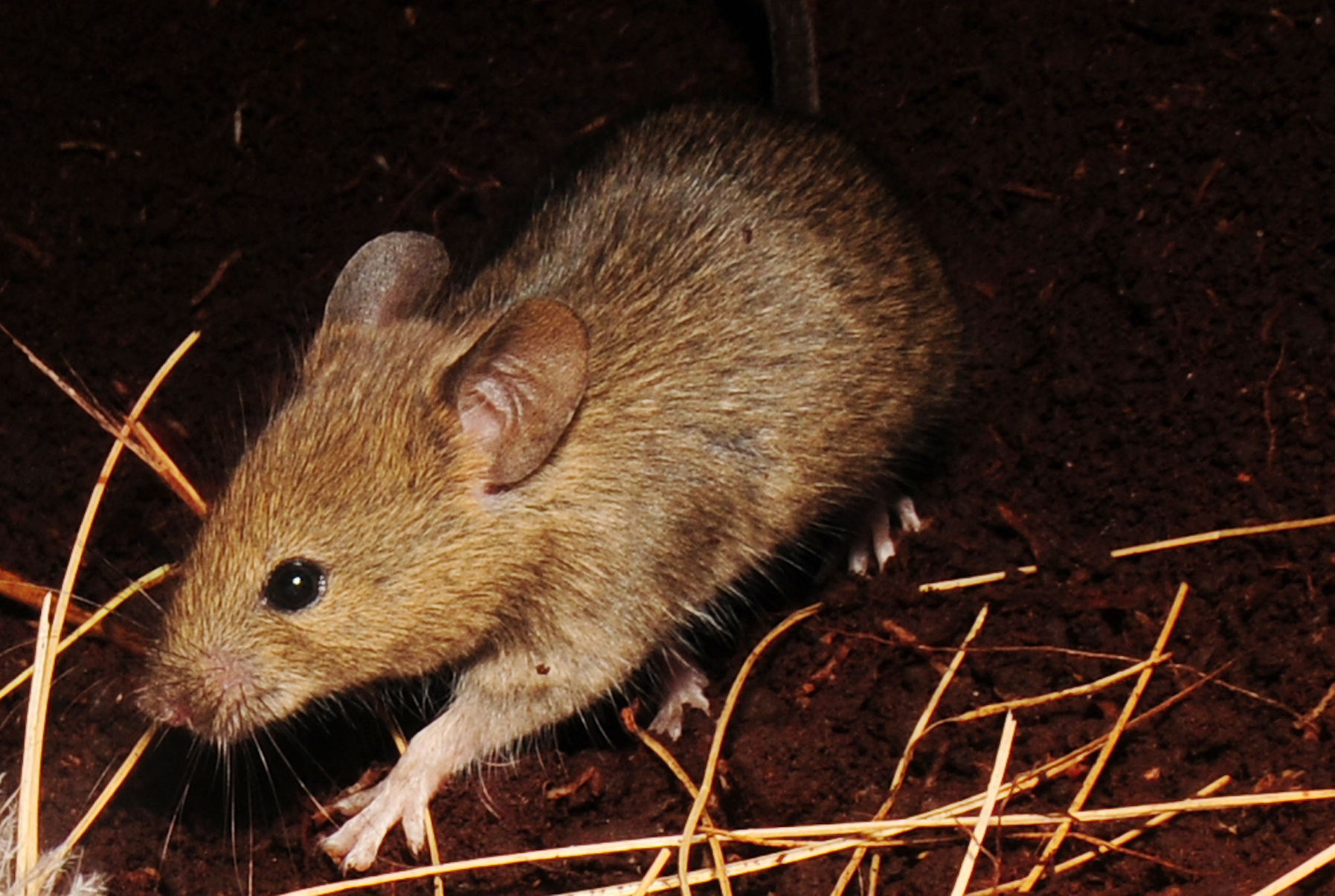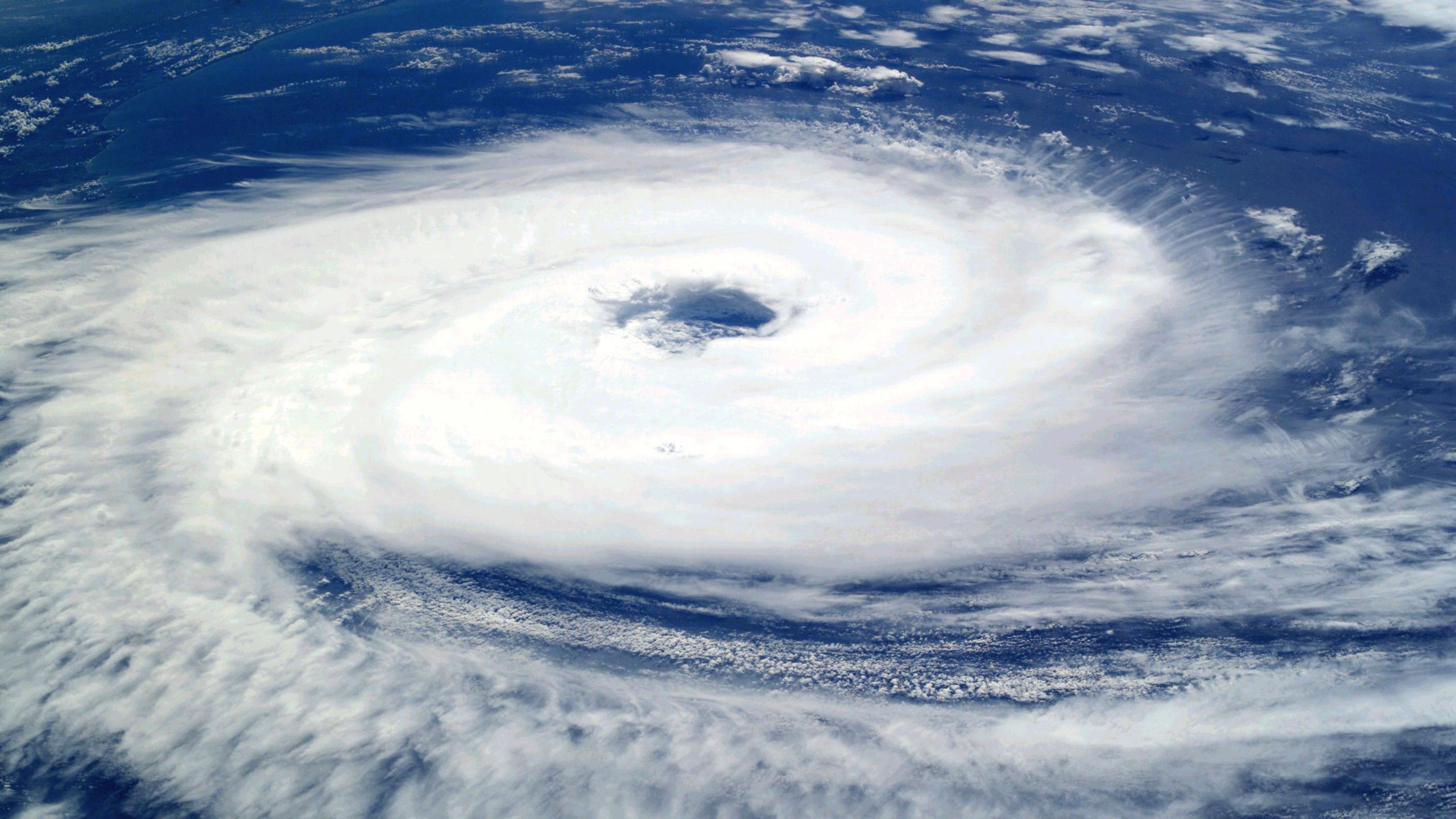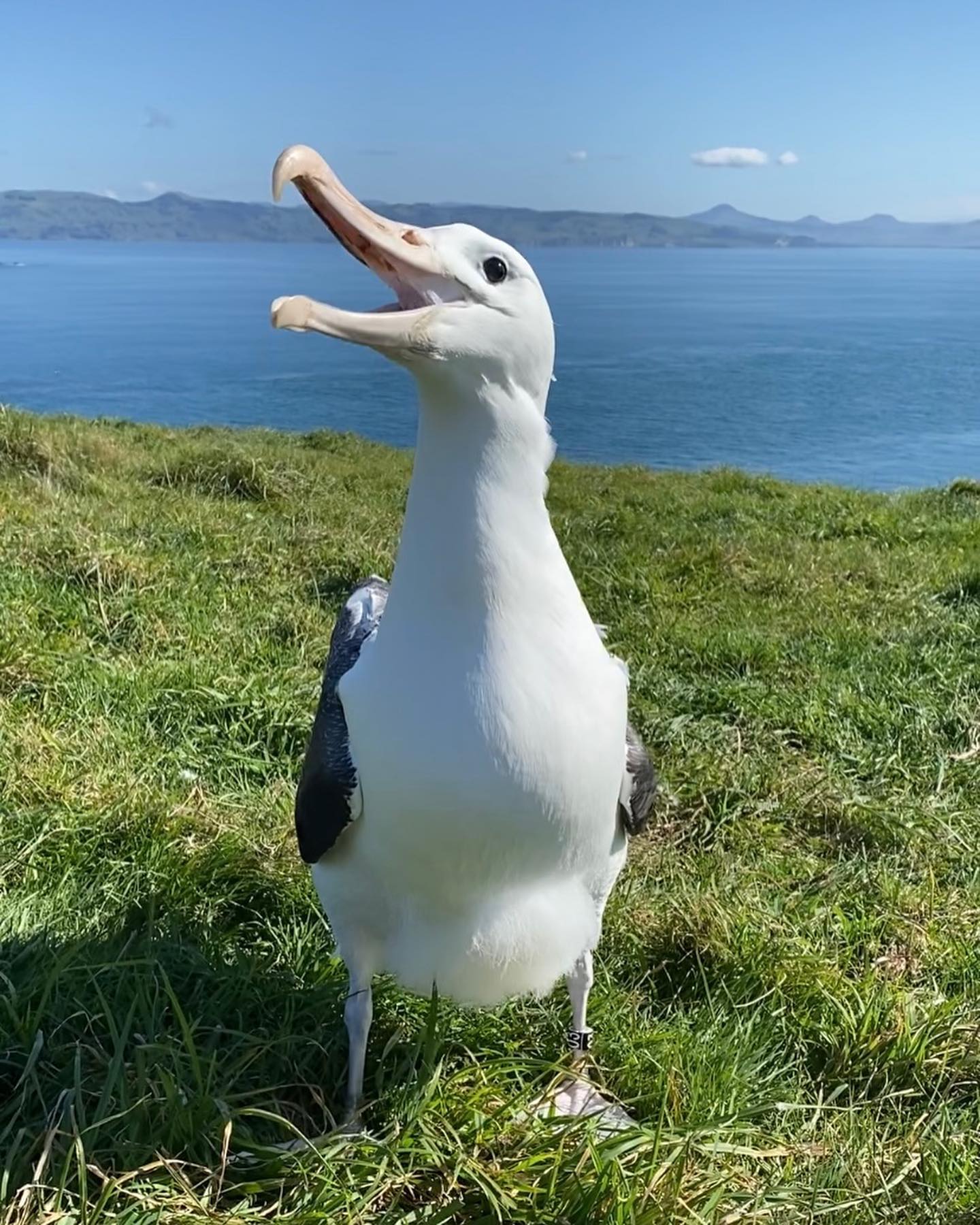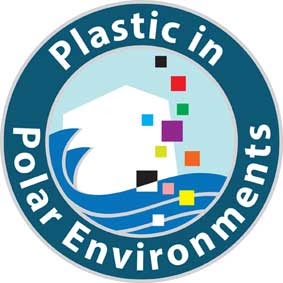 A House Mouse on Marion Island, photograph by Ben Dilley
A House Mouse on Marion Island, photograph by Ben Dilley
Luke Gierus (Robinson Research Institute, University of Adelaide, Australia) and colleagues have published open access in the Proceedings of the National Academy of Sciences (PNAS) on developing a genetic biocontrol strategy to control House Mice Mus musculus. Although the paper suggests from modelling that eradication of mice in an island situation could be achieved by utilizing a ‘gene drive’ that spreads through a population and makes females infertile, the technique has yet to be tested outside the laboratory in field trials.
ACAP Latest News reached out to Anton Wolfaardt, Project Manager of the Mouse-Free Marion Project on the possibility of using such a strategy to eradicate the albatross-killing mice of South Africa’s sub-Antarctic Marion Island.
Anton writes in reply: “There are still quite a few hurdles to overcome before this is a tool that could be considered a possible option. The first is a technical one, currently being investigated by research – does it work and what are the potential consequences? The second and perhaps more challenging hurdle is a regulatory one – most governments don’t currently have regulatory frameworks that are equipped to deal with such a tool, and there are considerable ethical issues that regulators would need to consider. There is no guarantee if and when this may be shown to work, and when it may be approved for use, hence - for our current planning to eradicate mice from Marion Island - our focus is on methods that are already proven and are currently available. We cannot afford to wait for an as-yet unproven methodology with no certain timeframe around when it might become available.”
So, while a new method to eradicate mice would be an addition to counter the impacts of invasive mice on islands, it seems that efforts to eradicate Marion’s mice, and those on other seabird islands, such as the USA’s Midway Atoll next year, will continue to use the “tried and tested” method of aerial dispersion of a rodenticide-laced cereal bait. This has shown to be successful in eradicating mice on a number of sub-Antarctic islands, including Enderby and Antipodes off New Zealand, Australia’s Macquarie and South Georgia (Islas Georgias del Sur)* in the South Atlantic.
The paper’s abstract follows:
“Invasive rodents are a major cause of environmental damage and biodiversity loss, particularly on islands. Unlike insects, genetic biocontrol strategies including population-suppressing gene drives with biased inheritance have not been developed in mice. Here, we demonstrate a gene drive strategy (tCRISPR) that leverages super-Mendelian transmission of the t haplotype to spread inactivating mutations in a haplosufficient female fertility gene (Prl). Using spatially explicit individual-based in silico modeling, we show that tCRISPR can eradicate island populations under a range of realistic field-based parameter values. We also engineer transgenic tCRISPR mice that, crucially, exhibit biased transmission of the modified t haplotype and Prl mutations at levels our modeling predicts would be sufficient for eradication. This is an example of a feasible gene drive system for invasive alien rodent population control.”
Read a New Scientist article on the publication.
Reference:
Gierus, L., Birand, A., Bunting, M.D., Godahewa, G.I., Piltz, S.G., Oh, K.P., Piaggio, A.J., Threadgill, D.W., Godwin, J., Edwards, O., Cassey, P., Ross, J.V., Prowse, T.A.A. & Thomas, P.Q. 2022. Leveraging a natural murine meiotic drive to suppress invasive populations. PNAS doi.org/10.1073/pnas.22133081
*A dispute exists between the Governments of Argentina and the United Kingdom of Great Britain and Northern Ireland concerning sovereignty over the Falkland Islands (Islas Malvinas), South Georgia and the South Sandwich Islands (Islas Georgias del Sur y Islas Sandwich del Sur) and the surrounding maritime areas.
John Cooper, ACAP News Correspondent, 21 November 2022

 English
English  Français
Français  Español
Español  An image of a typhoon with the eye clearly visible in the centre. Some adult Streaked Shearwaters fitted with GPS trackers have been shown to fly into the eye of a storm rather than skirt its perimeter
An image of a typhoon with the eye clearly visible in the centre. Some adult Streaked Shearwaters fitted with GPS trackers have been shown to fly into the eye of a storm rather than skirt its perimeter A White-chinned Petrel; photograph by Richard Phillips from the Bristish Antarctic Survey (BAS)
A White-chinned Petrel; photograph by Richard Phillips from the Bristish Antarctic Survey (BAS)

